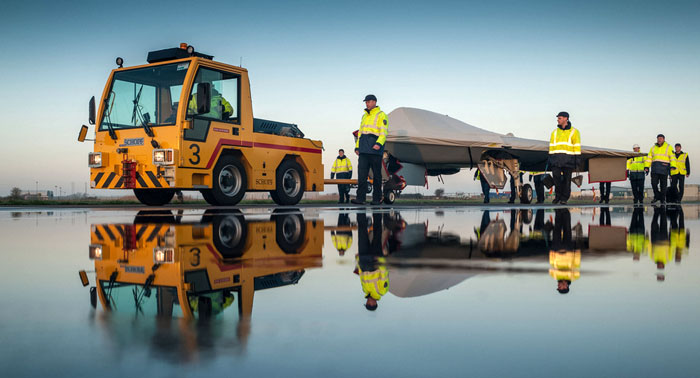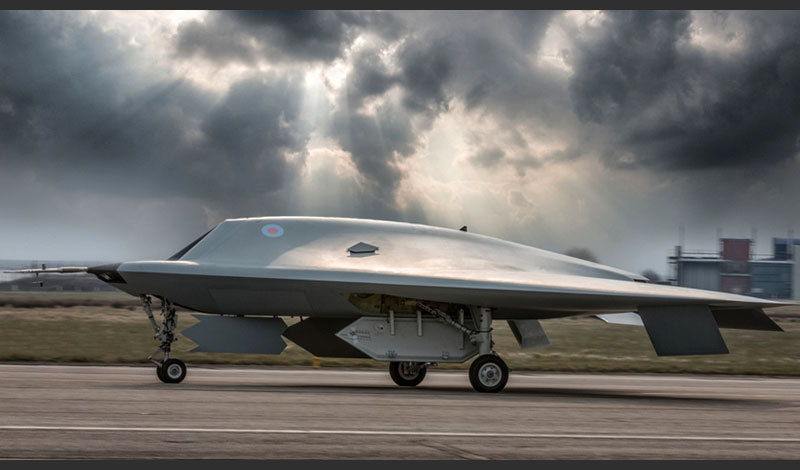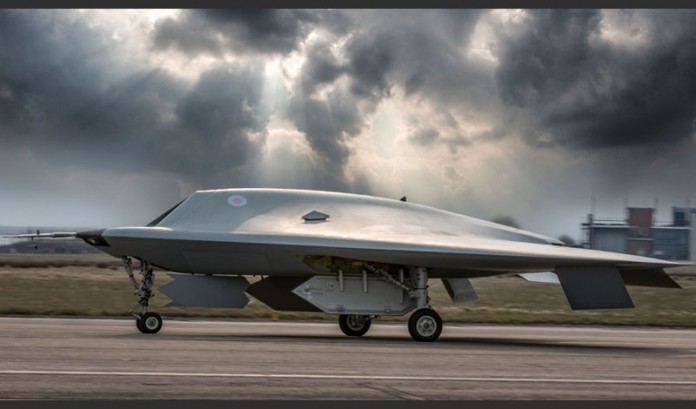Last week the UK Ministry of Defence (MOD) and BAE Systems confirmed that the Taranis stealthy Unmanned Combat Air Vehicle (UCAV) demonstrator surpassed all expectations during its first flight trials last year. Since the first flight, conducted August 10th, 2013 the UCAV has been expanding the flight envelope in preparation for the follow-on operational demonstration phase.
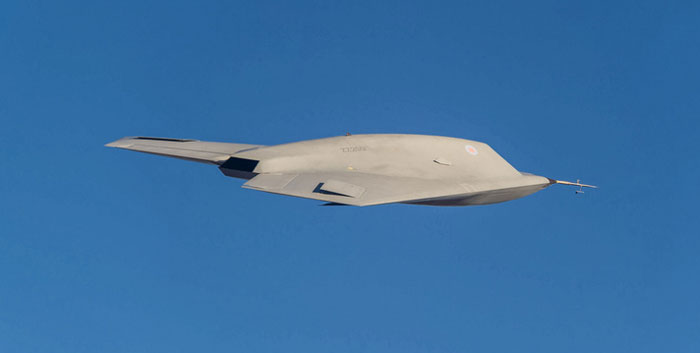
Taranis is designed to demonstrate the UK’s ability to create an unmanned air system which, under the control of a human operator, is capable of undertaking sustained surveillance, marking targets, gathering intelligence, deterring adversaries and carrying out strikes in hostile territory.
Taranis made its maiden flight at the Woomera test range in South Australia on Saturday 10th August 2013, under the command of BAE Systems’ test pilot Bob Fraser. The first flight lasted only 15 minutes, in which the demonstrator aircraft took off, rotation, ‘climb-out’ and returned for landing. In a number of follow-on flights that took place last year, Taranis extended flight duration to one hour, operating at a variety of altitudes and speeds, as part of the envelope testing.

“The findings from the aircraft’s flight prove that the UK has developed a significant lead in understanding unmanned aircraft which could strike with precision over a long range whilst remaining undetected.” BAE Sources said, indicating the technological advances made through Taranis will also help the UK MOD and Royal Air Force make decisions on the future mix of manned and unmanned fast jet aircraft and how they will operate together in a safe and effective manner for the UK’s defences. The MOD is considering a yet undefined ‘Future Combat Air System ‘FCAS’ – possibly a UCAV to replace the Eurofighter Typhoon in RAF service as the Typhoon reaches retirement by 2030. As Defense-Update reported two weeks ago, the UK and France announced an agreement to explore collaborate in the development of such platform, at an investment of £120 million. The two countries are expected to sign a formal memorandum of understanding (MOU) to launch the two-year program in July 2014.
“The first flight of Taranis represents a major landmark for UK aviation. The demonstrator is the most advanced air system ever conceived, designed and built in the UK. Nigel Whitehead, Group Managing Director of BAE Systems said, commenting on the Taranis flight announcement, “It truly represents an evolution of everything that has come before it. This milestone confirms the UK’s leading position as a centre for engineering excellence and innovation.”
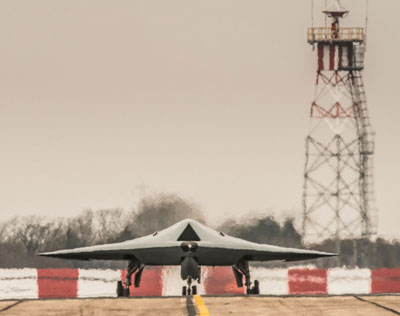
Costing £185 million ($300 million) and funded jointly by the UK MOD and UK industry, the Taranis demonstrator aircraft was formally unveiled in July 2010. The Taranis demonstrator is the result of 1,500,000 man hours of work by the UK’s leading scientists, aerodynamicists and systems engineers from 250 UK companies, but only few scientists and engineers have ever been given full access to the top secret aircraft.
About the size of a BAE Systems Hawk aircraft – Taranis has been designed and built by BAE Systems, Rolls-Royce, the Systems division of GE Aviation (formerly Smiths Aerospace) and QinetiQ working alongside UK MOD military staff and scientists. In addition to prime contracting the project, BAE Systems led on many elements of the Taranis technology demonstrator, including the low observability, systems integration, control infrastructure and full autonomy elements (in partnership with QinetiQ).
Ground testing commenced later in 2010 at BAE Systems’ military aircraft factory in Warton, Lancashire in the UK, followed by a comprehensive and highly detailed programme of pre-first flight milestones including unmanned pilot training, radar cross section measurements, ground station system integration. Taxi trials began in April 2013 taxi trials on the runway at Warton. Following those tests the aircraft and its ground station were shipped to Australia where it was re-assembled and prepared for further tests. The aircraft resumed high speed taxi tests in July 2013 before its maiden flight in August.
